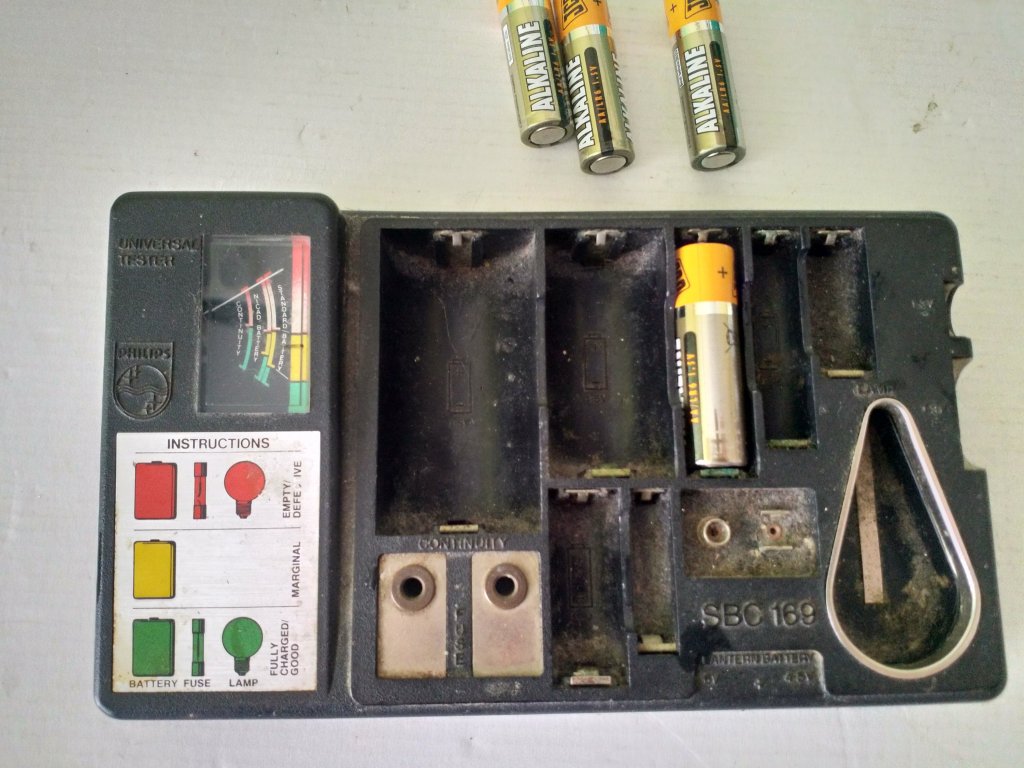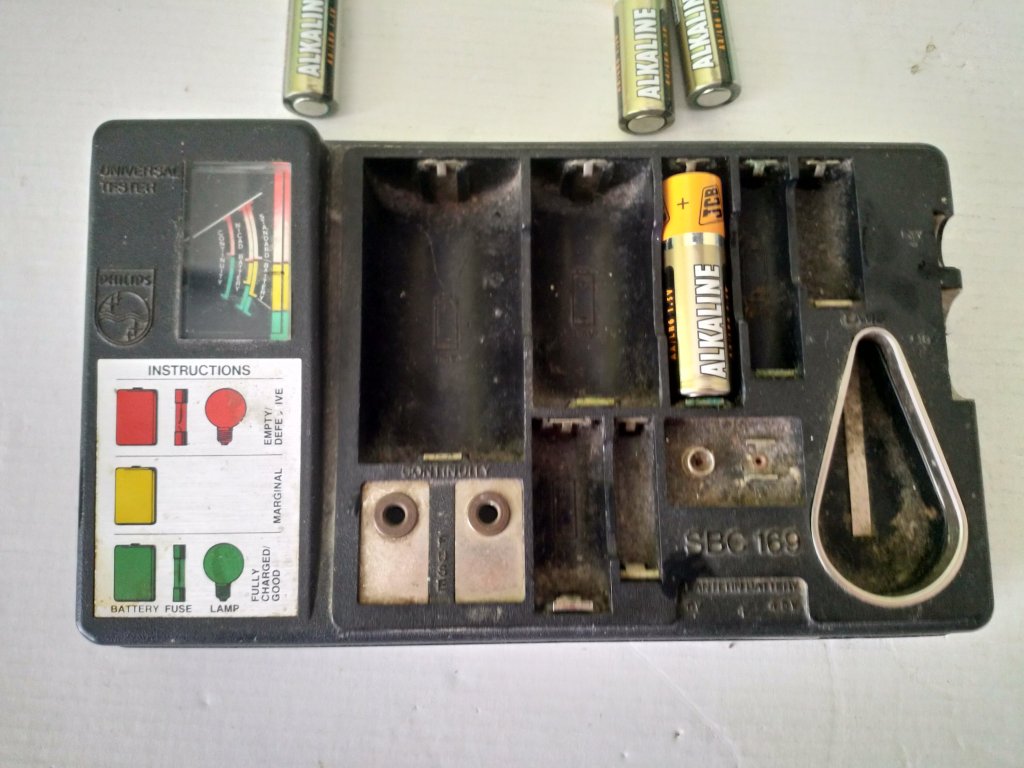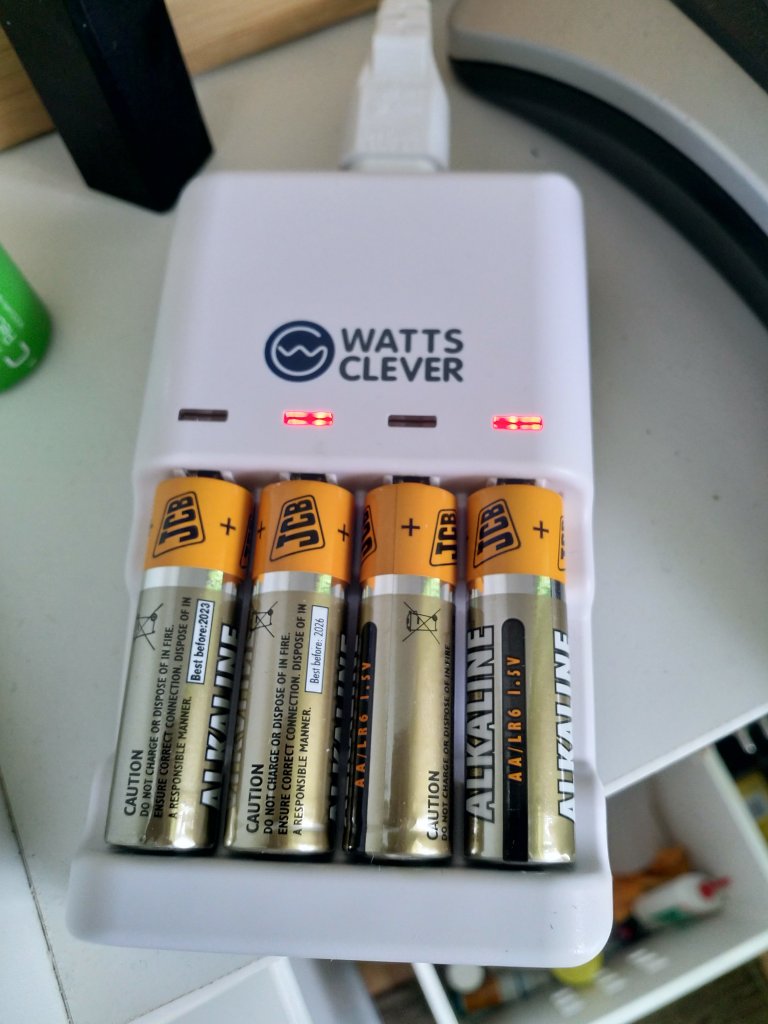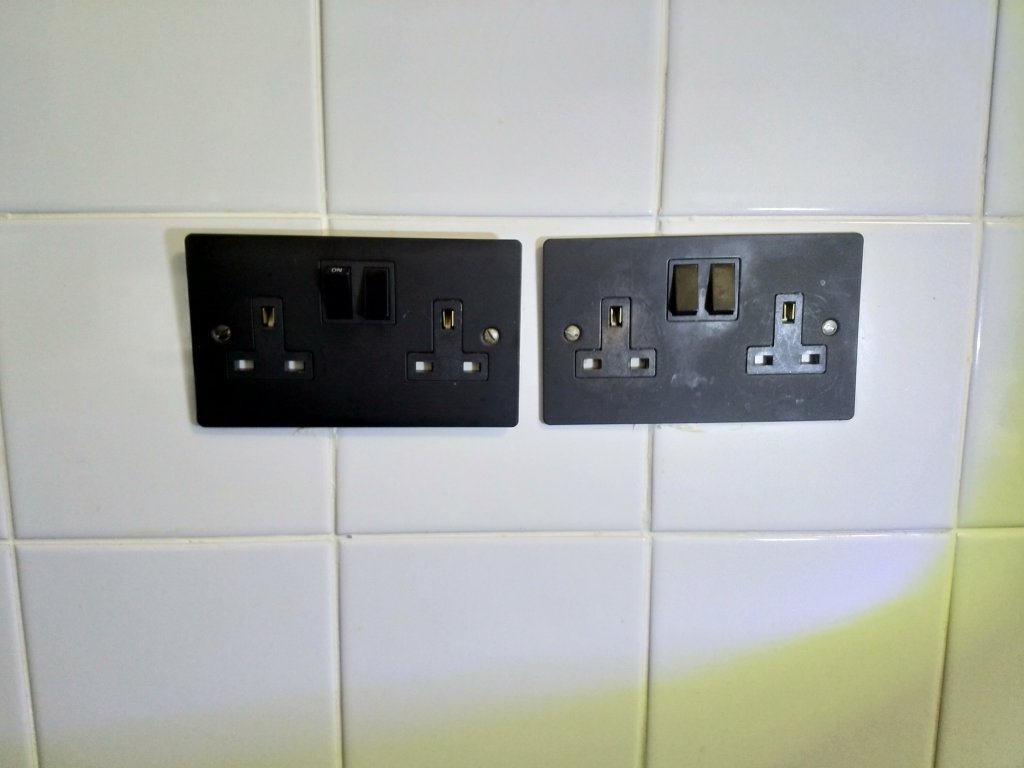(I couldn’t think of a pun title)
A few years ago, I got myself a battery charger. I already have several chargers, for Nicads and ni-mh batteries. But this one claimed to recharge ordinary Alkaline batteries as well! You know, the ones that always have “do not recharge” printed on them.
Long story short – it does sort of work. If the battery is dead, it won’t recharge. If it’s only partially used, it will refresh it.
Some will leak after they’ve been recharged, Duracell’s seem to be the worst at this, I no longer attempt to recharge those.
I sometimes grab a handful of old batteries from the recycle points in supermarkets. I test them with a meter when I get home to select batteries that are likely to work in the charger.
And it’s this testing that revealed something that surprised me – people are throwing away batteries with lots of life left in them, occasionally it seems they’re entirely unused! These don’t even need putting in the charger!
As an experiment for this blog, I grabbed 4 AA batteries from the overflowing battery recycle bin.

Battery 1 gave a twitch on the meter dial then showed nothing. It’s dead.

Battery 2 seems to have about 1/3 rd capacity

Battery 3 is dead, nothing at all

Battery 4 shows as full in my meter, or it’s unused!
I put all 4 in the charger, and it started to charge 2 if them. It wouldn’t charge 1 & 3, which were the twitch battery and the entirely dead batteries. This is what id expect.

Red light means charging, no light means no charge. Light goes green when it’s done (about 3 hours)
So I’ve gained 2 free batteries, one of which was close to new. This backs up past experience, I’ll usually find one or two hat are as good as new, a good few that are only part used, and a few that are entirely dead.
What a waste! Throwing out perfectly good batteries! Get a battery meter and test your batteries! Even if you don’t go to the trouble of recharging like I’m doing, you can make sure you only recycle batteries that are actually dead.
Finally, I should note that you should never put alkaline or other non rechargable batteries in an ordinary charger. At best that’ll leak, they could Exide or catch fire!
Even this magic Alkaline charger is no longer available, so maybe it’s too risky or too many batteries leak afterwards. Ive certainly had mixed results, but it’s a fun way to save on waste and to get batteries for free for tinkering projects.














